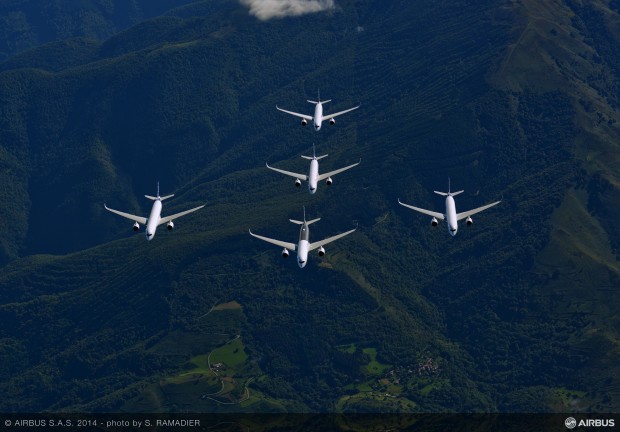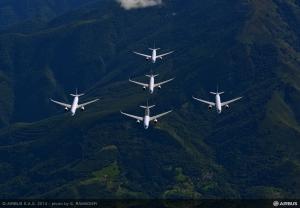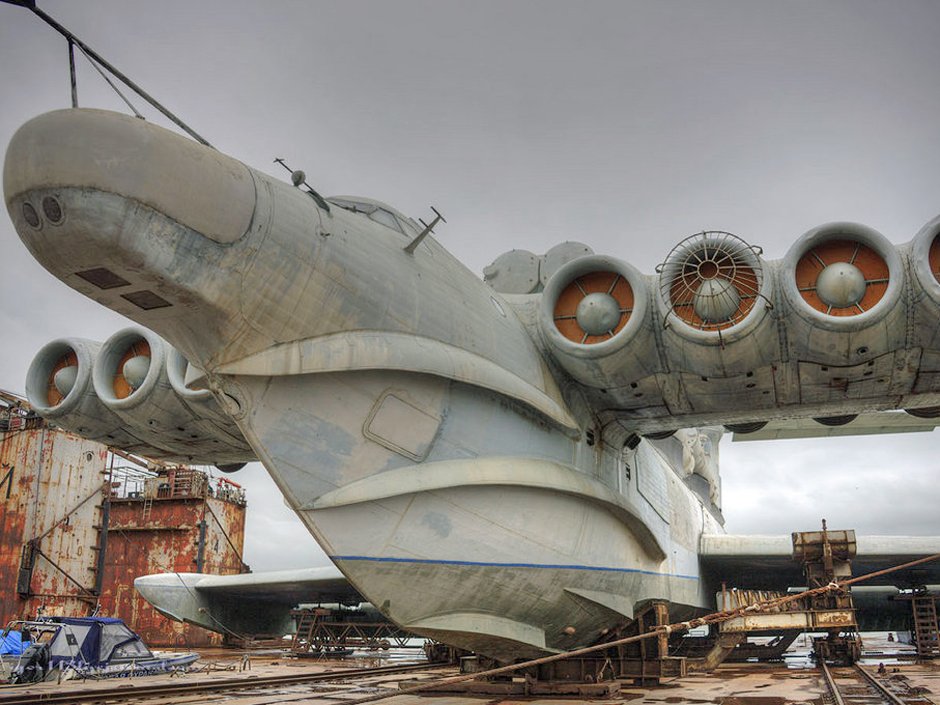The five test and development A350-900s took to the skies for a formation flight in September 2014, bringing together all of the aircraft used for Airbus’ successful campaign leading to certification of this latest Airbus widebody jetliner.
The company put their test pilots’ skill to the ultimate test in a promo video designed to show off its new A350 XWB passenger jet. The beautifully choreographed stunt involved all five of the brand-new A350-900 jets, as well as two chase planes and a helicopter flying in a formation typically pulled off by high performance fighter jets.
The costs of the shoot are unknown, but each jet has a list price of $300 million, so it’s safe to assume that well over $1.5 billion of machinery was on the line.



